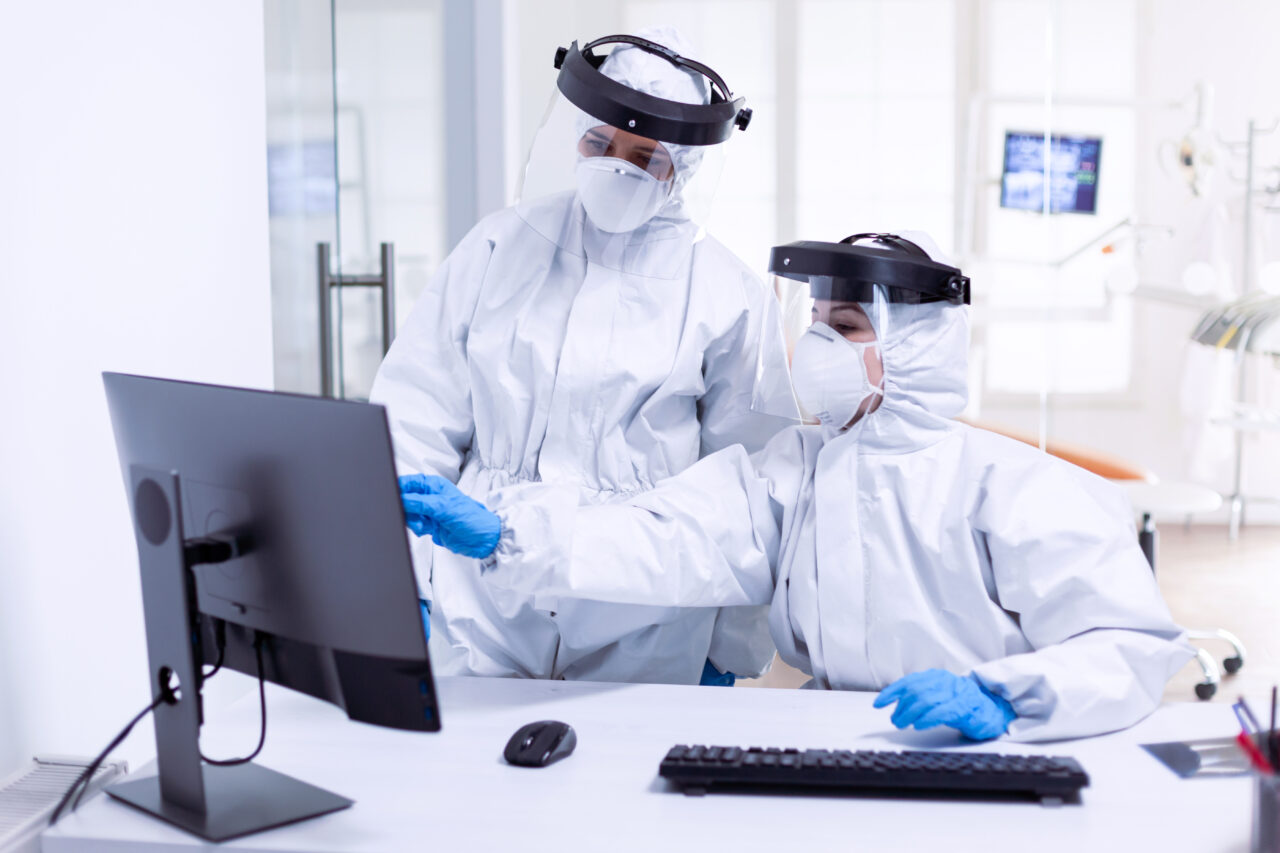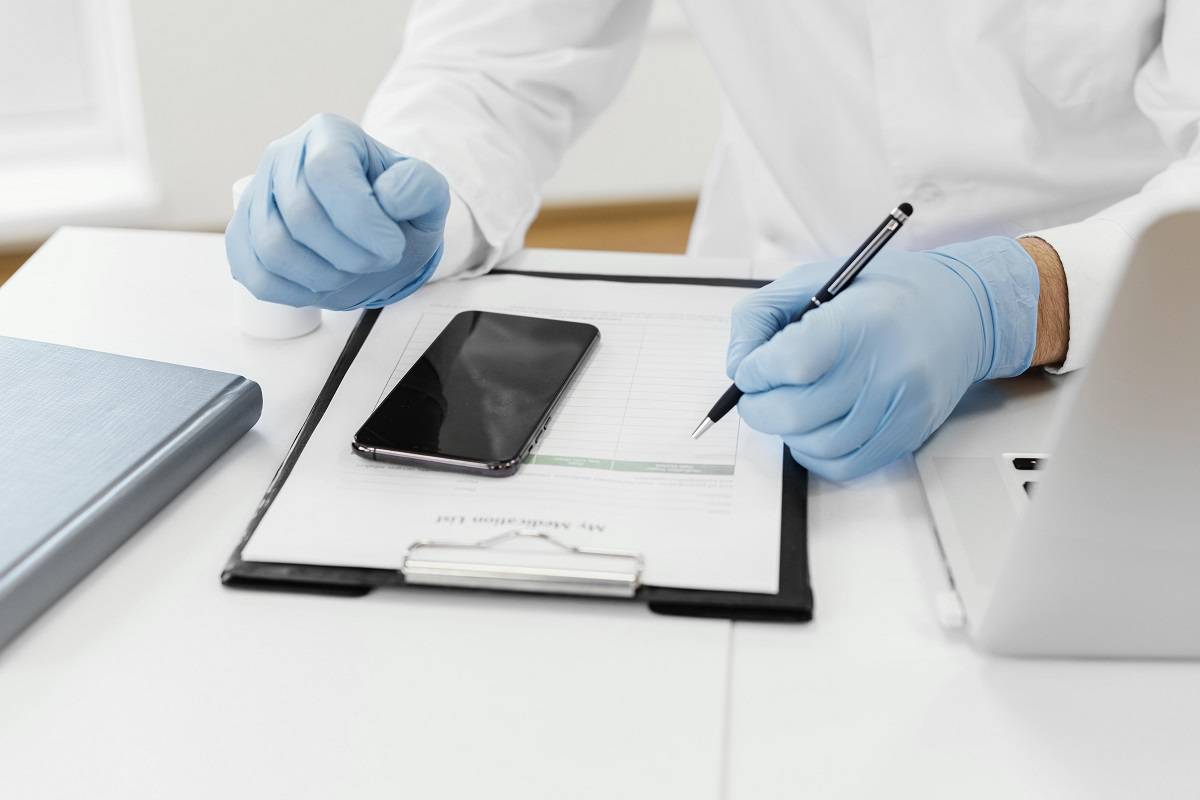ISO 13485 in Medical Device
An ISO 13485 consultant is a qualified professional who can help medical device manufacturers implement and maintain an ISO 13485 quality management system (QMS). ISO 13485 is an international standard that specifies requirements for a QMS for medical devices.
The role of an ISO 13485 consultant in medical device manufacturing can vary depending on the specific needs of the manufacturer. However, some of the common tasks that an ISO 13485 consultant may perform include:
- Conducting an initial assessment of the manufacturer’s QMS: This assessment will help the consultant identify any gaps between the manufacturer’s current practices and the requirements of ISO 13485.
- Developing a plan for implementing ISO 13485: This plan will outline the steps that the manufacturer needs to take to achieve compliance with the standard.
- Providing training on ISO 13485: The consultant can help the manufacturer’s employees understand the requirements of the standard and how to implement them.
- Monitoring the manufacturer’s progress: The consultant can provide ongoing support to the manufacturer to ensure that they are making good progress towards compliance.
- Helping the manufacturer prepare for certification: The consultant can help the manufacturer gather the necessary documentation and prepare for an audit by an accredited certification body.
You would like to explore – QMS Consultants in Canada
This article delves into the multifaceted responsibilities of an ISO 13485 consultant in the medical device manufacturing process, from the preliminary evaluation to the ultimate certification.
As medical technology evolves, so do the stringent regulations governing its manufacturing. ISO 13485 sets the benchmark for quality management systems specific to medical devices. Achieving compliance with this standard can be intricate, and this is where an ISO 13485 consultant steps in.
Importance of Compliance
Compliance with ISO 13485 is not just a regulatory formality; it’s a commitment to delivering safe and reliable medical devices. Non-compliance can lead to product recalls, legal liabilities, and damage to a manufacturer’s reputation. This is why manufacturers seek the expertise of ISO 13485 consultants.
The Role of an ISO 13485 Consultant
- Initial Assessment and Gap Analysis – An ISO 13485 consultant initiates the process by conducting a thorough assessment of the manufacturer’s existing quality management system. This gap analysis identifies areas that need improvement to meet the ISO standard.
- Developing a Tailored Quality Management System (QMS) – Based on the assessment, the consultant develops a customized QMS that aligns with the ISO 13485 requirements and the manufacturer’s unique processes. This involves creating documentation, procedures, and protocols.
- Process Implementation and Training – Implementing the new QMS across different departments requires comprehensive training. The consultant ensures that all employees understand their roles in maintaining the QMS and producing quality devices.
- Internal Audits and Corrective Actions – Regular internal audits are a cornerstone of ISO 13485 compliance. The consultant conducts audits to identify issues, deviations, and potential non-conformities. Subsequently, corrective actions are taken to rectify any identified problems.
- Preparing for Certification Audits – Before the certification audit by an accredited body, the consultant guides the manufacturer through a series of mock audits and assessments. This preparation ensures that the manufacturer is well-equipped for the final audit.
- Collaboration with Cross-Functional Teams – An ISO 13485 consultant acts as a bridge between various departments involved in the manufacturing process. They foster collaboration to ensure that everyone understands and fulfills their responsibilities.
- Staying Updated with Regulatory Changes – Regulations in the medical device industry are dynamic. A proficient consultant keeps the manufacturer informed about any changes to the ISO 13485 standard or other relevant regulations.
How to choose an ISO 13485 consultant?
Choosing an ISO 13485 consultant is an important decision. By following these tips, you can find a consultant who can help you achieve your goals and implement ISO 13485 successfully.
- Make sure the consultant is qualified and experienced in the medical device industry. Look for a consultant who has experience working with medical device manufacturers and who understands the specific requirements of ISO 13485.
- Get references from other medical device manufacturers who have worked with the consultant. This is a good way to get an idea of the consultant’s experience and the quality of their work.
- Make sure the consultant understands your specific needs and can help you achieve your goals. Talk to the consultant about your company’s specific needs and goals for ISO 13485 implementation. Make sure they have a plan that will help you achieve those goals.
- Get a written proposal from the consultant that outlines their services and fees. This will help you compare different consultants and make an informed decision.
Benefits of Hiring an ISO 13485 Consultant
There are many benefits to hiring an ISO 13485 consultant, including:
- Faster time to market: By working with a consultant, you can avoid the time and expense of developing and implementing a QMS on your own. The consultant will have the experience and expertise to help you get your QMS up and running quickly.
- Reduced risk of recalls: By implementing an ISO 13485 QMS, you can reduce the risk of recalls by ensuring that your products are consistently manufactured to high standards. The consultant can help you identify and mitigate risks, and put in place procedures to prevent problems from happening.
- Improved customer satisfaction: By implementing an ISO 13485 QMS, you can improve customer satisfaction by ensuring that your products meet customer requirements. The consultant can help you understand your customers’ needs and expectations, and put in place processes to meet those needs.
- Increased market share: By achieving ISO 13485 certification, you can demonstrate to customers and stakeholders that you are committed to quality. This can give you a competitive advantage and help you increase your market share.
- Access to new markets: Some countries and regions require medical device manufacturers to be certified to ISO 13485 before they can sell their products in those markets. By achieving certification, you can expand your market reach and opportunities.
- Improved compliance: By implementing an ISO 13485 QMS, you can demonstrate compliance with regulatory requirements. This can help you avoid fines and penalties, and protect your business from legal liability.
- Improved efficiency: By implementing an ISO 13485 QMS, you can improve the efficiency of your operations. The consultant can help you identify and eliminate waste, and put in place processes to improve productivity.
- Improved employee morale: By implementing an ISO 13485 QMS, you can improve employee morale. Employees will be more motivated and engaged when they know that their work is contributing to the quality of the company’s products.
If you are a medical device manufacturer, you should consider hiring an ISO 13485 consultant to help you implement and maintain a QMS that meets the requirements of the standard. This can help you improve your quality, reduce your risk of recalls, and improve customer satisfaction.
Conclusion
In the intricate realm of medical device manufacturing, ISO 13485 consultants play a pivotal role in ensuring that quality and compliance are prioritized. From initial assessment to final certification, their expertise guides manufacturers toward producing safe and effective medical devices that meet international standards.
Frequently Asked Questions(FAQ)
What is ISO 13485?
ISO 13485 is an international standard that specifies requirements for a quality management system (QMS) for medical devices. It is published by the International Organization for Standardization (ISO).
The purpose of ISO 13485 is to ensure that medical devices are designed, manufactured, and supplied in a way that ensures their safety and quality. The standard covers all aspects of the QMS, from design and development to production, installation, and servicing.
ISO 13485 is a voluntary standard, but it is widely recognized and accepted by regulatory authorities around the world. Many countries require medical device manufacturers to be certified to ISO 13485 before they can sell their products in those markets.
Why is ISO 13485 compliance important?
ISO 13485 compliance is crucial for ensuring the safety, effectiveness, and regulatory compliance of medical devices, which is vital for patient safety and a manufacturer’s reputation.
What does an ISO 13485 consultant do?
An ISO 13485 consultant assists medical device manufacturers in achieving and maintaining compliance with the ISO 13485 standard. They provide expertise in developing, implementing, and auditing quality management systems.
How does ISO 13485 differ from other quality standards?
ISO 13485 is specifically tailored to the medical device industry, focusing on the unique regulatory and safety requirements of these devices. Other quality standards may have broader applications.
How long does it take to become ISO 13485 certified?
The duration varies based on the manufacturer’s starting point, complexity of processes, and the speed of implementing necessary changes. It’s a meticulous process that can take several months.
Further Reading
Comprehensive Guide to Pharmaceutical Process Validation
Common GMP Compliance Issues In Pharmaceutical Industry
GxP Infrastructure Qualification: Ensuring Compliance and Efficiency



